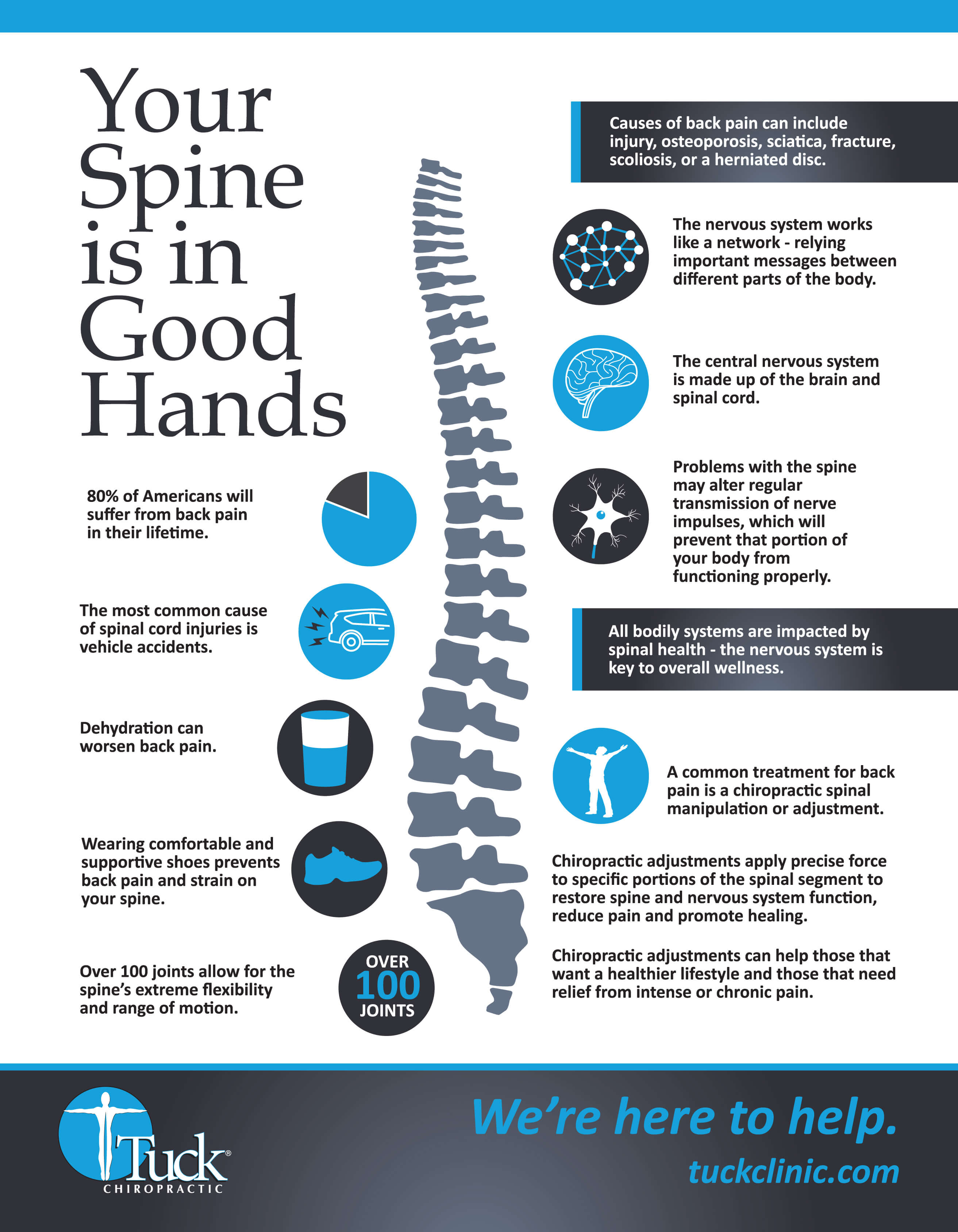Address Pain In The Back By Recognizing The Everyday Routines That May Be Adding To It; Minor Changes Can Pave The Way To A Life Without Pain
Address Pain In The Back By Recognizing The Everyday Routines That May Be Adding To It; Minor Changes Can Pave The Way To A Life Without Pain
Blog Article
Material Written By-Vega Rosales
Maintaining proper pose and avoiding typical risks in day-to-day activities can significantly impact your back health. From exactly how you sit at your desk to exactly how you raise heavy things, small adjustments can make a large difference. Imagine a day without the nagging back pain that prevents your every move; the option may be less complex than you assume. By making a few tweaks to your daily behaviors, you could be on your way to a pain-free existence.
Poor Posture and Sedentary Way Of Life
Poor position and a less active way of living are two major contributors to neck and back pain. When you slouch or inkling over while resting or standing, you placed unnecessary stress on your back muscular tissues and spine. This can result in muscle mass imbalances, stress, and at some point, chronic back pain. Additionally, sitting for extended periods without breaks or exercise can compromise your back muscular tissues and cause stiffness and pain.
To battle https://chiropracticadjustments95173.slypage.com/31724670/reveal-the-unanticipated-benefits-of-chiropractic-care-care-that-have-remained-hidden , make an aware initiative to sit and stand straight with your shoulders back and straightened with your ears. Bear in mind to keep your feet level on the ground and stay clear of crossing your legs for extended durations.
Integrating normal stretching and reinforcing workouts into your everyday routine can additionally assist enhance your posture and relieve neck and back pain related to a sedentary way of living.
Incorrect Training Techniques
Inappropriate lifting strategies can significantly add to pain in the back and injuries. When you lift heavy things, keep in mind to bend your knees and use your legs to raise, rather than relying on your back muscles. Stay clear of twisting your body while lifting and maintain the things near to your body to reduce stress on your back. It's essential to keep a straight back and stay clear of rounding your shoulders while lifting to stop unneeded pressure on your spinal column.
Constantly examine the weight of the item before lifting it. If it's too hefty, ask for assistance or use equipment like a dolly or cart to deliver it safely.
Keep in mind to take breaks during raising tasks to provide your back muscles an opportunity to relax and prevent overexertion. By implementing proper lifting techniques, you can protect against neck and back pain and lower the threat of injuries, guaranteeing your back remains healthy and balanced and solid for the long-term.
Lack of Regular Workout and Extending
A less active way of life without normal workout and extending can significantly contribute to neck and back pain and pain. When you don't take part in physical activity, your muscles end up being weak and stringent, causing inadequate pose and enhanced stress on your back. Routine exercise helps enhance the muscles that sustain your back, enhancing stability and decreasing the risk of neck and back pain. Integrating extending check it out into your routine can likewise boost flexibility, avoiding stiffness and pain in your back muscle mass.
To avoid neck and back pain brought on by a lack of workout and stretching, aim for at the very least 30 minutes of moderate exercise most days of the week. Consist of workouts that target your core muscles, as a solid core can aid ease pressure on your back.
Furthermore, take breaks to stretch and relocate throughout the day, particularly if you have a workdesk job. Basic stretches like touching your toes or doing shoulder rolls can aid relieve stress and protect against back pain. Focusing on normal workout and stretching can go a long way in preserving a healthy back and lowering discomfort.
Conclusion
So, bear in mind to stay up directly, lift with your legs, and remain active to stop pain in the back. By making straightforward modifications to your day-to-day behaviors, you can stay clear of the discomfort and limitations that feature pain in the back. Deal with your spine and muscles by practicing excellent pose, proper lifting techniques, and regular exercise. Your back will certainly thanks for it!
